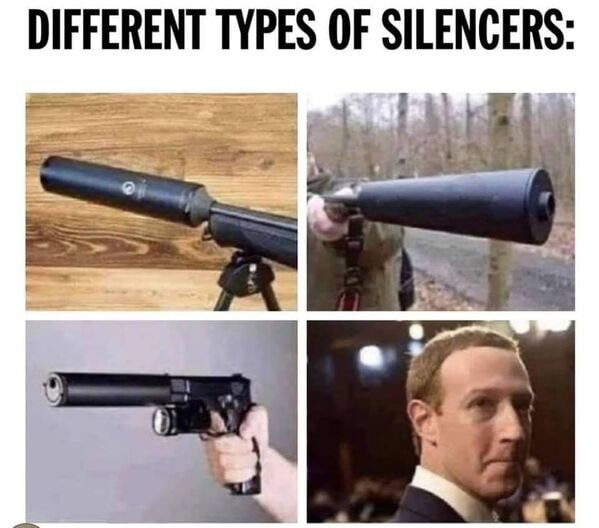
Now, let’s dive into the world of door silencers for latches. There are various types, each with its own quirks and benefits. Whether you’re looking for something simple to install or a more robust solution, understanding your options can make all the difference. Brands like 3M and DAP offer some popular choices, but which one is right for your needs? Let’s explore this topic in more depth.
What Are Door Silencers?
Door silencers are small devices designed to minimize the noise made when doors close. They are typically made from soft materials like rubber or foam and are attached to the door frame or latch. Think of them as shock absorbers for your doors. When a door swings shut, the silencer cushions the impact, reducing the sound considerably.
Most door silencers are easy to install and don’t require any specialized tools. You can stick them onto your door frame or screw them in for a more permanent solution. The installation process is often straightforward, making them an accessible option for anyone looking to reduce noise in their living space.
Types of Door Silencers
There are several different types of door silencers available, and understanding the distinctions can help you choose the right one for your home.
1. Magnetic Door Silencers
Magnetic door silencers use magnets to create a cushion effect when the door closes. They can be very effective, especially for heavier doors. When the door approaches the frame, the magnetic pull slows it down, preventing a loud smack.
One of the standout features of magnetic silencers is their reliability. They tend to last a long time and require minimal maintenance. For instance, if you have a front door that gets a lot of use, this could be a great choice for you. However, installation can be a bit more complex since you need to align the magnets perfectly for them to work effectively.
2. Foam Door Silencers
Foam door silencers are simple and often the most cost-effective option. Made from soft foam material, these silencers can be easily stuck onto the door frame. They absorb impact and sound when the door closes, making them a popular choice for residential properties.
Installing foam silencers is usually a matter of peeling off the adhesive backing and sticking them in place. Plus, they come in various colors to blend with your decor. However, the downside is that foam can wear out over time, especially with frequent use. You might find yourself replacing them every few years.
3. Rubber Door Silencers
Rubber silencers are another popular choice. They offer durability and can handle frequent door use without losing effectiveness. These come in various shapes and sizes, which can provide a more tailored fit for your door.
One of the benefits of rubber silencers is their ability to withstand harsh weather conditions. So, if you live in a place with extreme temperatures, rubber might be the way to go. However, they might require a bit more effort to install, as some options need screws or more secure placements.
4. Adjustable Door Silencers
If you’re looking for something customizable, adjustable door silencers might be for you. They allow you to set the exact pressure needed to silence your door based on how hard it swings shut.
These silencers are great for homes with varying door weights. For example, if you have both heavy and lightweight doors, an adjustable option ensures that both types close quietly. On the flip side, they may be a bit pricier than standard options, so consider your budget when making a choice.
Comparing Features and Benefits
When you’re choosing a door silencer, you’ll want to consider several features to find the best fit for your situation. Here’s a handy comparison:
| Type | Material | Durability | Ease of Installation | Cost |
|---|---|---|---|---|
| Magnetic | Magnet | High | Moderate | High |
| Foam | Soft Foam | Low to Moderate | Easy | Low |
| Rubber | Rubber | High | Moderate | Moderate |
| Adjustable | Varies | High | Moderate | High |
As you can see, the durability and cost do vary among types. It’s essential to weigh your options based on how often you use your doors and your budget.
Common Issues With Door Silencers
Even the best door silencers can run into problems from time to time. Here’s the thing: understanding these issues can help you troubleshoot effectively.
Noise Still Present
If you find that your door doesn’t close quietly even with a silencer installed, check the placement of the silencer. It might be misaligned or not making enough contact with the door. Adjusting its position can often solve the problem.
Wear and Tear
Door silencers, especially foam ones, can degrade over time. If you notice that yours has lost its cushioning effect, it might be time for a replacement. Regular maintenance can help prolong their life, but knowing when to replace them is key to keeping your home quiet.
Choosing the right *door silencer* for latches doesn’t have to be overwhelming. Whether it’s a magnetic, foam, rubber, or adjustable option, each type has its own advantages. Think about your needs and preferences, plus how much wear and tear your doors experience.
Once you narrow it down, consider installation tips, like ensuring proper alignment and placement for the best effect. With a little attention, you can enjoy those quiet moments at home without the jarring sounds of slamming doors. Now that you know the options, you can pick the perfect door silencer and keep your space serene!
